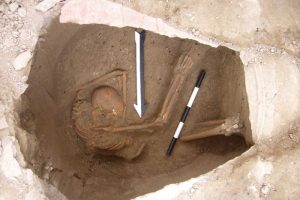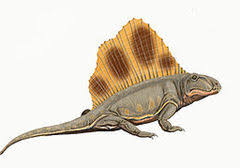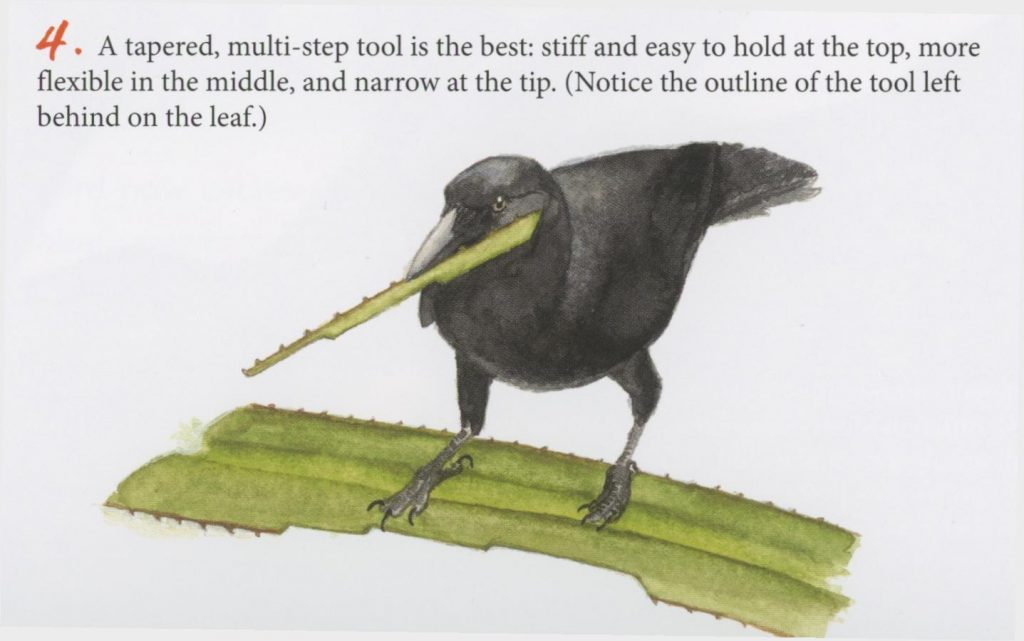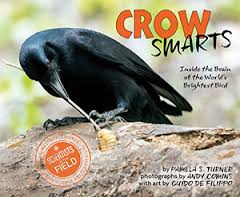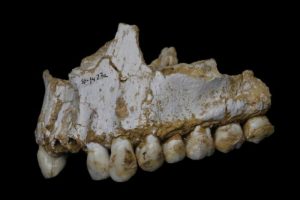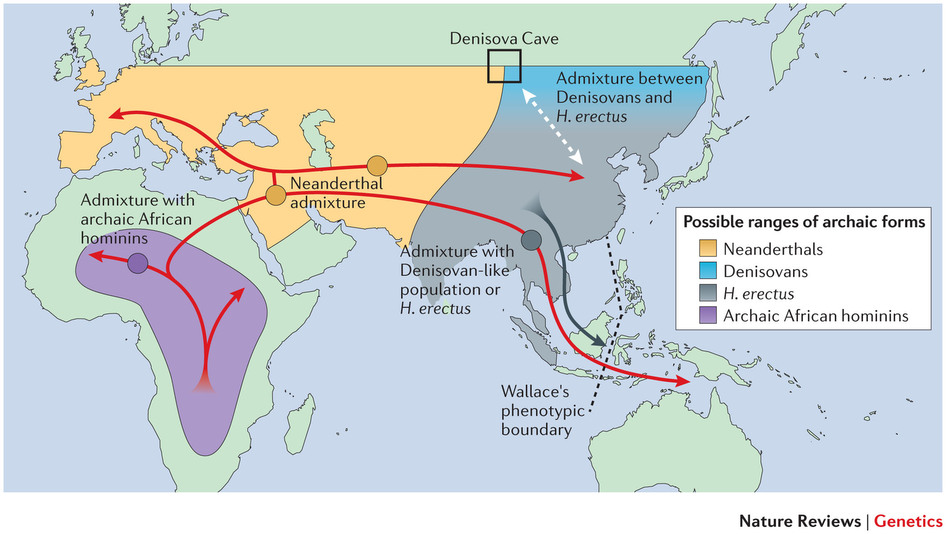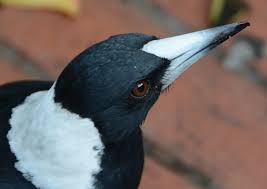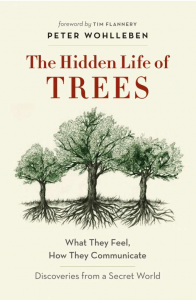People on the Internet who like to style themselves as rational, worldly, and clever members of the intelligentsia enjoy poking fun at people for their irrational beliefs. The usual targets of their (our) jabs are fish in a barrel: creationism (young Earth and old Earth), homeopathy, climate-change denial, and so on.
We see, for example, groups of people dedicated to poking fun at those who are supposedly afraid of chemicals by calling water by its unfamiliar sciency name: dihydrogen monoxide. I’m not necessarily opposed to poking fun at people for their ignorance, but I can’t really support the DHMO thing, because it’s a one-joke wonder that’s too clever and far too satisfied with itself.
Punching down
There’s a sociological reason why it provokes a smug smile, but not actual laughter. It breaks one of the few rules of comedy — punching up is funny; punching down is not. We should try not to make fun of people who cannot understand science (the dumb) while we’re justifiably ridiculing those who refuse to understand science (the deliberately ignorant) or who exploit the ignorance of others for their own gain (the malicious).

On social media rational people enjoy posting on subjects like the anti-vaccine movement and the rejection of anthropogenic global warming. And that’s good; these are threats to human survival. However, I’ve noticed a trend in the past few years in which the proponents of the nuclear power industry have successfully made supporting “green nuclear energy” one of our merit badges.
A recent USA Today article (“People trust science. So why don’t they believe it?“) demonstrates a now-mainstream tactic: namely, juxtaposing AGW-denial with the supposed AGW solution, nuclear power.
Many conservatives reject the science of man-made climate change, just as many liberals reject the science that shows nuclear energy can safely combat it. The views we express signal which political group we belong to. The gap between what science shows and what people believe, sociologists say, is about our identity.
Do some liberals oppose nuclear power for unscientific, political reasons? Probably. Ignorance exists in all quarters. Some social liberals believe in healing crystals. Others may fear vaccines. Conservatives and liberals have irrational beliefs.
Is it safe?
The key word in the excerpt above, I suppose, is “safely.” People, we are told, have an irrational fear of nuclear power because they think it isn’t safe, which, we are further told, is ridiculous, because it’s extremely safe. And if you don’t think it’s safe, you must be a nut job. As Richard Carrier writes: Continue reading “Why I Am (Still) Against Nuclear Power”


